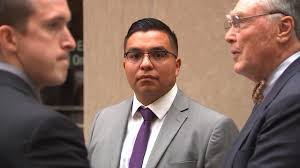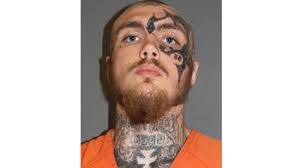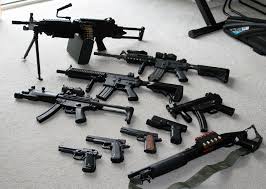
I love numbers. And data. And the cool things that can be done with both.
I have been interested in crime theory, patterns and prevention for some time now. This article is cool:
The faster data analytics extends to crime mapping, too. LAPD has been expanding “Operation LASER,” which uses near-real-time crime data to adjust police patrols on a daily or even hourly basis. By contrast, older systems, such as the vaunted “Compstat” — pioneered in New York in the 1990s — mapped crime much more slowly.
In the divisions of LAPD now using LASER, officers are given “mission sheets” with instructions to focus on very specific areas, sometimes just a few blocks big. The missions are written by their local supervisors, but with heavy input from the real-time crime mapping, as well as another analytics tool called PredPol. It uses an algorithm to predict the location of future property crimes.
I’ve always wondered, for example, does most crime occur during the day or during the night? Are most drug mules active during the summer or winter? Does rain slow down breaking and entering? Do car break in follow a location heat map?
Turns out some people feel that the answers to those questions is that crime IS dependent on those things:
At the Olympic Division station, Officer Jennifer Ramirez reviews her daily mission sheet printout. She eyes the areas she’ll target, “because these are the hot spots, these are where the crimes tend to happen, this day, this time, based on the crime mapping that we do.”
Ramirez has faith in the analysis, because she’s convinced crime is cyclical.
But all this goodness doesn’t come controversy free:
But her mission sheet doesn’t point her just toward certain places. It’s also pointing her toward certain people. Her mission sheet comes with mug shots and names.
“These are people that we are going to be looking out for, who are our chronic offenders,” she says.
The “Chronic Offenders Bulletin” may be the most controversial element of LAPD’s new data analytics strategy. It’s a list of the people in a certain neighborhood who police think are most likely to commit crimes. Chronic offender status is based on a point score, which is calculated on the basis of his previous interactions with the justice system, or membership in a gang. The LAPD’s new data search tools make calculating that score much simpler.
Small print across the top of the Chronic Offenders Bulletin warns that it’s “Info only… not PC [probable cause] for arrest.” But officers are encouraged to interact with the chronic offenders to the limit allowed by the law.
“It’s just disruption of crime,” says Deputy Chief Kato. “When you see Johnny Jones walking down the street and he’s a chronic offender, you should pay attention to his activity. Now if you have a lawful reason, constitutionally, to stop him or detain him, then do that.”
I’m sure such lists are ripe for abuse. However, I’m also sure that such individuals are already on the beat cop’s internal watch list. In the same way that teachers know the bad apple, that kids on a soccer team know who not to pass to, in the same way that herds know who the weak member is, the criminal is well know to the community and the officers who patrol that community.
LAPD says it does not publish the Chronic Offenders Bulletin, for reasons of privacy and police operations. But Kato says if someone walked into a station and asked to find out if he’s on it, Kato would tell him.
He believes strongly that the Bulletin is a smart way to focus police attention on the small percentage of people who commit most crime. But others in the community see it as data-driven stereotyping.
“They’re just reinventing their surveillance techniques and machinery,” says Anthony Robles. He’s an organizer with the Youth Justice Coalition, an activist group run by young people who’ve been incarcerated.
Robles thinks the Chronic Offenders Bulletin is just a new version of the gang membership lists that used to drive a lot of LA policing. Those lists have been the subject of a recent lawsuit, and are falling out of favor. Critics accused the department of including the names of people with dubious ties to gangs.
Robles recalls what it was like to be on the gang list, when he was a teenager.
“Every time I drove out of that block, or drove anywhere, I’d get pulled over. A lot of times they’d search my car they wouldn’t find anything and they’d give me a moving violation.” Robles believes the increased scrutiny did little to keep him on the straight and narrow. “It led to a lot of anger — it made me want to do something bad!”
Jamie Garcia is with another activist group, the “Stop LAPD Spying Coalition.” The group sued to get more details about the new analytics tools — including the chronic offenders list. She thinks the only thing that’s new here is what she calls the scientific “veneer.”
“These programs are nothing new, in the history of policing,” Garcia says. “What they are trying to call science is pseudo-science.”
For instance, the chronic offender formula is partly based on how often you have contacts with the police — “field interviews,” she says. And those contacts are simply more likely in a place that already has more police patrols.
“The bias is still very much inherent in the data that is being used, and the same communities are being impacted,” she says.
The tools aren’t perfect, they may never be. However, a more important question might be, “Are they better than what we have now?”









